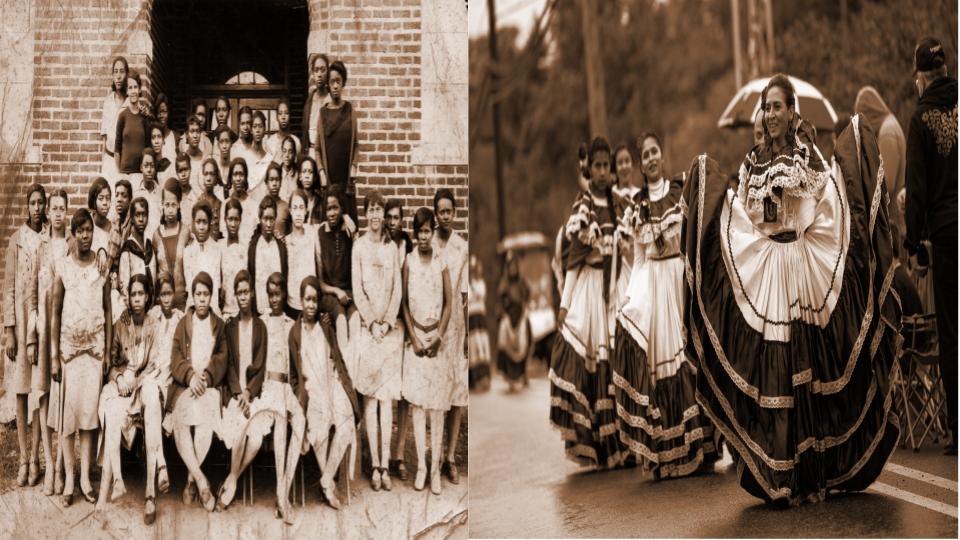The College Park community is a diverse town with many subdivisions, such as Berwyn Heights and Hollywood. Known for its strong connection to the University of Maryland, the city of College Park’s demographics have changed not only concerning population, but also the attitude toward new residents. Being located in Prince George’s County, College Park has recently developed a vast immigrant population, particularly Hispanics and people from other Spanish-speaking countries. Prominent populations come from Central American countries such as El Salvador, Guatemala, and Honduras. With the emergence of new immigrant agendas set forth by the current administration, residents are apprehensive about history repeating itself and the shadow of false promises following them as they venture through College Park. This fear is the remnants of socioeconomic hardships that residents of local neighborhoods like Lakeland had to endure.
In the early 60s and 70s, Lakeland was a subdivision of College Park that predominantly housed lower-income African American families. As far back as the early 40s, the area of Lakeland was first designated as recreational land to build a resort-type experience for residents, but due to high flood rates, white landowners sold lots of land to African American families. According to the Washington Post, many of the homes that families shared were passed down by other family members and were solely built by community members. As a result, many of the homes did not have a proper foundation to withstand the harsh environment that the constant flooding caused. The treacherous environment caused by flooding led College Park legislators in the 70s to convince homeowners to sell their land in the promise that they would get a refurbished home that could withstand the flood conditions. In return, homeowners were given a lower rate for their home and apartment complexes instead of single homes.
This caused many Lakeland members to become homeless or wait many years for their homes to be built. African American families not only felt betrayed, but also felt the lingering sadness of their communal built homes being demolished, each fragment representing many of the members separated. College Park, in recent years, has not given any reparations to support the family members who were relocated in the 70s despite the push during the peak of the Black Lives Matter Movement during the pandemic. Since the 70s, College Park has changed vastly into a more diverse, accepting community where many immigrant families reside, changing not only the town’s demographic but also the comfort of minorities in the area. These comforts might be short-lived, as many Hispanic immigrants might face similar false promises as Lakeland residents, feeling the pressure of stricter immigration policies.
Due to the haven qualities that College Park presents, many immigrant families in recent years have not only embraced their culture here but have shared it with their community. These connections can be shortened as the Trump administration’s immigration polices are becoming stricter. These powerful mandates are not only coming from the government but generalized ideas concerning Venezuelan gangs and galvanized die-hard MAGA republicans that not only see Hispanic residents as threats but impediments to American Culture. These utopian qualities could soon come to an end, causing residents to not only feel uncomfortable in their own homes but also feel ostracized. ICE has not only been capturing Hispanic immigrants in surrounding areas like Hytsville and Langley Park, but has also been avoiding the bureaucratic steps that allow immigrants to obtain proper legal due process.
Like Lakeland residents, Hispanic residents, who do not have proper documentation, are feeling that their time in College Park might come to a screeching halt. Many of these residents will have to leave their homes and lives that they have made in the U.S. to facilitate the demographics that the government wants to see. In Lakeland’s case, in the early 60s to late 70s, they were forced out to support the cloud of racism that still lingered in the idea of property values. Hispanic immigrants feel the same heaviness in the air, impacting their residence and peace of mind.



